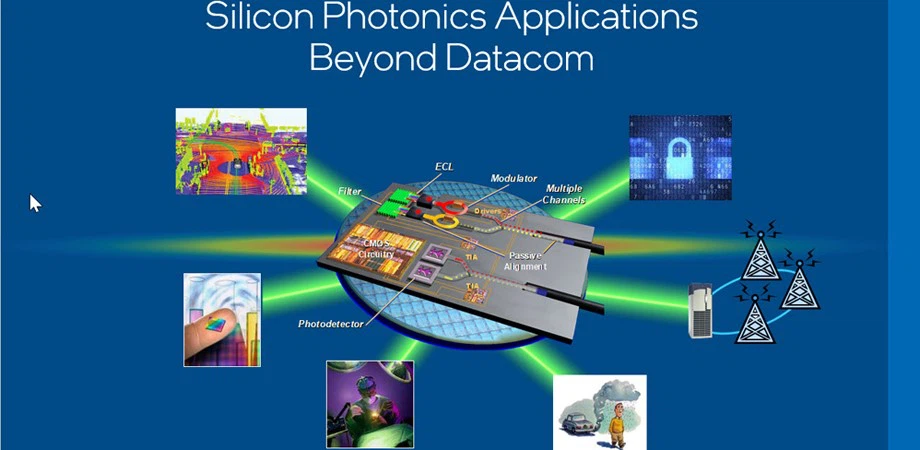On January 12 at the silicon photonics technology seminar of the "2023 China Optical Communication High Quality Development Forum", a large-scale seminar series jointly launched by CIOE China Optical Expo and C114 Communication Network, Haiguang Dr. Sun Xu, Technical Director of Xinchuang Optoelectronics Technology Co., Ltd., delivered a keynote speech entitled "Silicon Photonics Technology: Empowering Green Data Centers".

Softel
Sun Xu said that green data centers continue to demand high-speed optical module technology with lower unit power consumption, and the increase in single-channel rate is the best solution to reduce overall power consumption. 2.5D packaging can meet the requirements of 200G/lane silicon optical chip packaging, while effectively reducing transmission path loss and improving energy efficiency. At 200G/lane rate, silicon photonics has technical advantages in terms of power consumption and cost; due to bandwidth limitations, the next-generation 1.6T/3.2T optical modules require more channel density. The technical advantages of silicon photonics technology, such as lower power consumption, shared semiconductor industry chain resources, and matching advanced packaging, will help the construction of green data centers.
Green data centers actually have more stringent requirements on the overall energy efficiency indicators of data centers under the dual emission reduction goals. Sun Xu pointed out that the technical requirements of green data centers for high-speed optical modules mainly include the following three aspects:
One is that the data center energy efficiency index (PUE<1.4) requires optical modules to achieve continuous reduction in single-bit power consumption, from 30pJ/bit to 10pJ/bit, while the rate continues to increase.
Second, the industrial chain is ecologically intensive and shared. For example, optical module standardization, optoelectronic chip Fabless manufacturing mode, optoelectronic integrated integration, standardized packaging and testing technology, etc.
The third is higher density and new module form. Higher integration, from QSFP to OSFP to OSFP-XD; new packaging forms, from COBO to NPO to CPO; more stringent heat dissipation requirements, 10+W/cm2 unit power consumption density.
"From the perspective of power consumption growth in network equipment, the power consumption of high-speed optical modules accounts for a considerable proportion. Multi-channel parallel transmission methods cannot meet the requirements of single-bit power consumption reduction, and the development of single-channel rate improvement technology, In addition, the bandwidth of technical optical devices has obviously encountered some technical bottlenecks." Sun Xu believes that the lower power consumption of silicon photonics technology, the sharing of semiconductor industry chain resources, and matching advanced packaging and other technical advantages will help the construction of green data centers.
The power consumption optimization methods of silicon optical modules include: first, system bandwidth optimization, from 100G/lane to 200G/lane; second, DSP power consumption optimization, from DSP to DSP Lite to Direct drive; third, advanced Packaging (discrete packaging, hybrid integration, monolithic integration) can improve the energy efficiency of the power chip and reduce transmission path loss; the fourth is to improve the coupling efficiency and reduce the number of lasers used.
From the perspective of different technical ideas for power consumption optimization of silicon photonics technology, Sun Xu pointed out that 200G/lane high-speed modulator technology can effectively reduce single-bit power consumption; thin-film lithium niobate can share silicon photonics packaging technology to achieve lower single-bit power consumption. consumption; 2.5D/3D packaging can meet the technical requirements of higher speed and lower power consumption; at the same time, for higher speed optical modules (1.6T, 3.2T), due to the improvement of device bandwidth, it faces a technical bottleneck, and the demand is even higher. High-density optical module form to achieve





